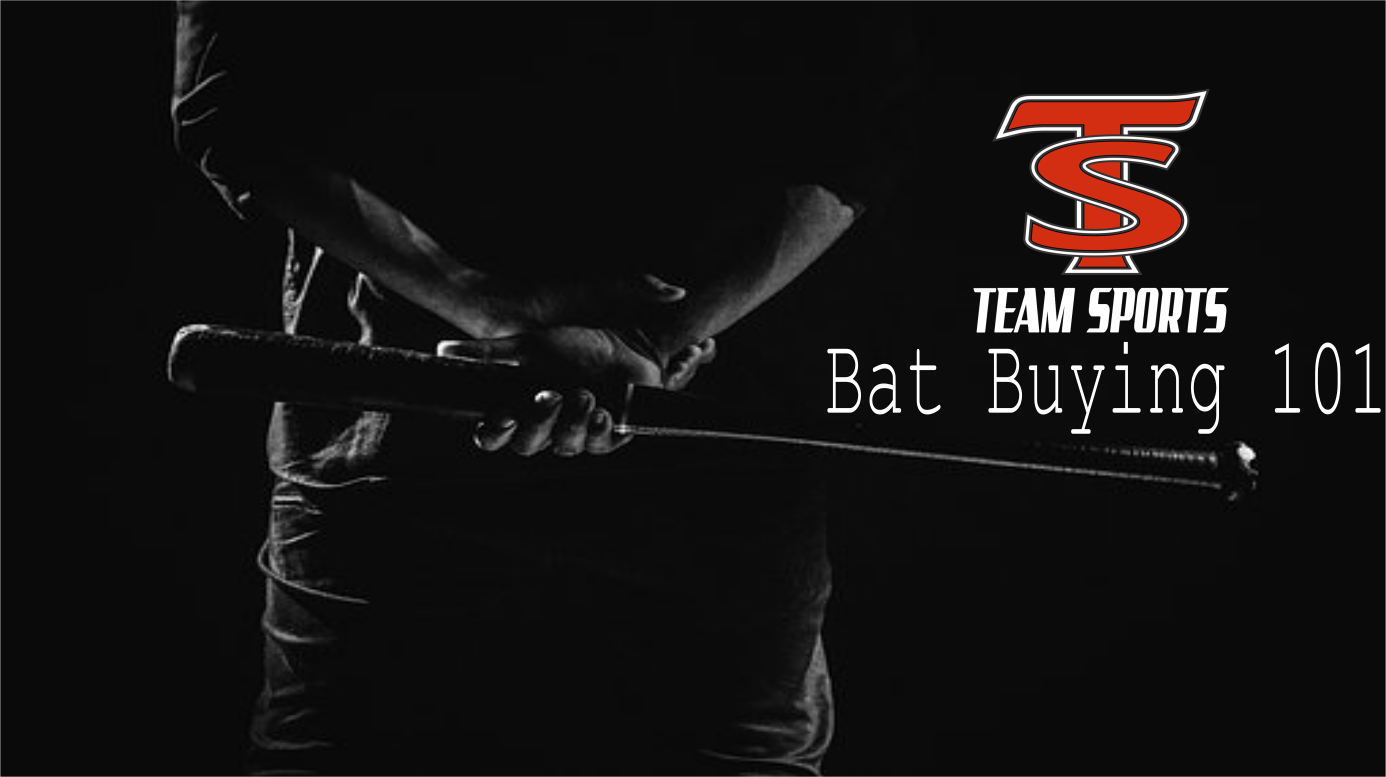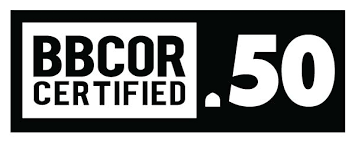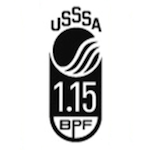
So you have to buy a bat and there are so many different factors that will come into play with this decision. For example, it has to be the right length, the right weight, and the correct association (Such as USSSA, USA, ASA, etc.). We hope to take out some of the headaches and get some of the more basic questions out of the way with answers without confusing buzz words that just scramble your mind instead of help you make an informed decision.
Basic terminology
Let's take a look at some of the basic terms to help you better understand the anatomy of a bat.
- Length - As it sounds, the measurement of the bat from the endcap to the knob. Measured in inches and ranges from 24"-34+".
- Weight - This one, again, maybe obvious but this is the total weight of the bat measured in Ounces.
- Drop - This one confuses folks sometimes. The drop is the difference or "drop" between the length of the bat and the weight. For instance, a 32" bat with a -3 drop will be a 29 oz. bat and a 28" fastpitch bat with a -11 drop will be 17 oz. bat.
- Composite - Composite is a type of material that makes up a bat. Although the actual makeup of each composite is different and perhaps proprietary for manufacturers, it incorporates a reinforced carbon fiber polymer. These bats tend to require a "break-in" period, similar to a glove, in which the bats must be used before optimal performance occurs. This time required may vary greatly by model.
These bats are widely considered to be the best options for performance and "pop". - Alloy/Aluminum - A type of material used in bats. These bats do not require a break-in and are ready for use out of the wrapper. This type is very durable and normally affordable when compared to composite.
- Diameter - This is the measurement around the barrel at its largest. These typically range from 2 1/4 to 2 5/8.
FAQ's
Now, let's take a stab at some of the questions we tend to hear a lot!
- "What size bat does my daughter/son need?"
This may seem like a cop-out, but there is no simple answer to this question. The size bat depends on age, height, weight, and strength but ultimately it can boiled down to how the bat feels in his/her hands. As a general or broad rule of thumb you can start looking at age and use that to find the length in the last number of the length. Such as an 8 year old may typically want a 28" bat, 7 year old 27", etc. This, of course, gets a little tricky as the kids grow older and out of this type of measuring. An 18 year old would not swinging a 28 or 38" bat!
While a heavier and longer bat may make sense to increase power at the plate, that is not always true. If your swing slows down considerably with a heavier or longer bat, it would not be a good idea to get a big bat.
One trick that we use when evaluating a player in the store is to hold out the bat with your dominant hand, holding it straight out with the one hand at the knob as straight as you can. Most players when holding the correct size should not notice any dip or shaking if holding the bat out for 5 seconds.
Another evaluation we can do is based on height. Although this may have mixed results, you can place the bat on its cap pointing straight in the air, and the top of the bat should be even with your hip.
Easton gave us handy chart to give an idea of what size they may need:

This chart is a reference and the "correct" size may differ. We hope this helps you make an informed decision when buying your bat. Feel free to drop in and use our cages with our demos to make a final choice or give us a call or drop in to talk to someone in person. Please keep in mind bats taken out the wrapper cannot be returned, so communicate with your coach, hitting coach, instructor, and other experts to make sure you have the correct bat before you hit!
- "How long does a bat take to break in?"
Of course, we need to remember that only composite bats require a break in. For alloy, swing away out of the wrapper!
For composite bats, the break in time or number of swings will vary on a number of factors. Namely, the model. Some bats will be very close to optimal at the time of purchase. It also depends on the strength of the child. Stronger children will require less time to break in their bat. Be careful not to "over break in" your bat. There's a window of life on every bat model unnecessary stress of the composite could result in a shorter life. - "How do I care for my bat?"
This one is super important, as you can imagine. Some of these bats are an investment in your child or player! And we hear it a lot, they may have to pick up extra chores around the house to make up for this purchase. Not only should you inform yourself about the bat you purchase beforehand, you need to take steps to make sure it lasts as long as possible!
As a precursor, you should know that most bats come with a one-year warranty through the manufacturer.
So here's some basic tips:
-Avoid using composite bats in the cold! Most bat manufacturer's will warn against this. The cold weather can make the bat more susceptible to cracks.
- Store in a dry, not-too-cold, not-too-hot place when not in use. Preferably indoors and stored appropriately.
-Rotate the bat 1/4 turn often. The extra stress on a particular face of the barrel may cause cracks in that area.
-Clean off dirt and scuffs with a cloth, mild soap and water.
-Don't bang your bat on your cleats! Your bat and metal cleats will thank you. Plus, you can look cooler at the plate in other ways.
-This one may be tough, but try to limit the use of your bat by other players. As mentioned before, some bats may have a limited number of swings during their life. Use by all 9 players in the lineup for an entire tournament weekend can impact the life of your bat and may cause a bat to go dead early or even crack. - "I need to make sure my bat is legal for my games and tournaments, which one should I get?"
Due to there being so many different rules, regulations, and associations that are always changing, it may be tough for us to have a perfect answer. Always be sure to check with your coach, tournament director, or league representative to make sure that your bat will be legal for play in your games.
NFHS Baseball has adopted the BBCOR standard so make sure your bat has this stamp:
NFHS and ASA Softball requires that the bat carry the mark of either the 2001 or 2004 ASA standard of bats:
USSSA Softball and Baseball requires that all bats used within its guidelines carry this stamp:
USA Baseball has been adopted by multiple leagues such as Little League, Dixie Youth, and other leagues. From T-Ball and up all bats must carry this stamp:
- "My bat broke! What do I do?"
Oh no! This, unfortunately, is common in the industry. This can be a frustrating time as well. Luckily, most of the bats we sell come with a 1-year manufacturer's warranty! Please see or refer to your bat's warranty info or their customer service for more information on claiming a warranty.
Need a box? Drop by our Macon location we have a few we would be more than happy to help make the process as painless as possible.
Need your bat manufacturer's number or contact info? Feel free to reach out to us!
We hope this blog has helped you make a decision or plan for a decision with a bat in the future. Check out our selection of bats in stock in our Macon, Georgia store or online by clicking here.
Need even more help or maybe we didn't address your specific question? Call us now! 478-741-9677
-Team Sports

